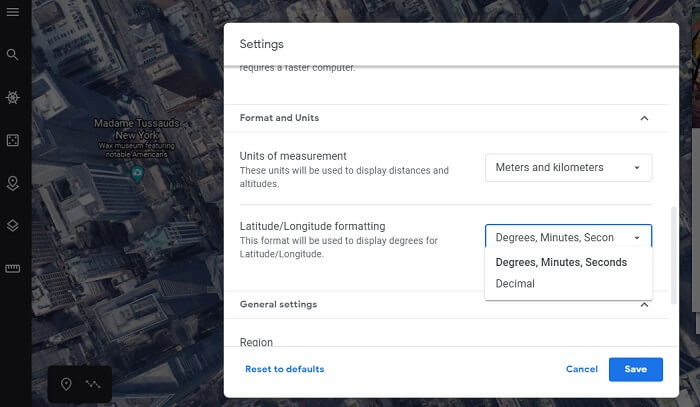

If you are using city names, country names, addresses, etc… make sure you don’t have any typos.Each record should be represented by a single row.The first row should be your column headers.Make sure your datasheet does not have merged cells.Step 01: Prepare your Google Sheet (Data Sheet) You can see a live demo built with the above data set from this link. You can make a copy of the Google Sheet with the data from here. Step-by-step guide to linking Google Sheets to Google Maps in Google Data Studioįor this example, I use the “World Airports” data set downloaded from ArcGIS Hub 1,000 bubbles for other geographic field types.

10,000 bubbles for Latitude, Longitude fields.At present, data can only be represented as bubbles.There are also some limitations when linking Google Sheets to Google Maps using this method. Use many other data visualization elements to create a complete dashboard.Can have multiple maps in the same window.Address, City, Region, etc…) no need to provide coordinates every time You can plot many geographic dimensions (Eg.Set bubble size to vary with the values.You can sort and filter your data and see the changes in real-time.Changes to your Google Sheets data are updated automatically on your map.References Benefits of Using Google Data Studio to Link Google Sheets to Google Maps.Step 05: Add Filters and other Visual Elements.Step 03: Add Google Maps to your Report.Step 02: Create a new Data Source in Google Data Studio.Step 01: Prepare your Google Sheet (Data Sheet).Step-by-step guide to linking Google Sheets to Google Maps in Google Data Studio.Benefits of Using Google Data Studio to Link Google Sheets to Google Maps.If you haven’t used Google Data Studio before, I suggest you read “ How to Create an Online Dashboard for free to Share and Visualize Your Data“. In this post, I will show you how you can use Google Data Studio to link Google Sheets to Google Maps. However, if you create your map in Google Data Studio, you can get the benefits of many of its native features to enhance the functionality of your map. You cannot refresh the map to apply changes to the Spreadsheet or do any sort and filtering etc… Though you can easily create a Google My Map by importing Google Sheets, you need to import it every time to see the changes to the Spreadsheet. You may also be interested in How to generate static Google Maps in Google Sheets. In this post, I will show you how you can link Google Sheets to Google Maps to view changes to Spreadsheet dynamically. Many of you are used to storing these data on spreadsheets applications like Google Sheets, Microsoft Excel, etc… If you can link these databases to a map, you can see the changes to your data in real time on the map. Most of our day-to-day databases include geographic data such as country, region, city, address, latitude-Longitude, place names, etc.


 0 kommentar(er)
0 kommentar(er)
